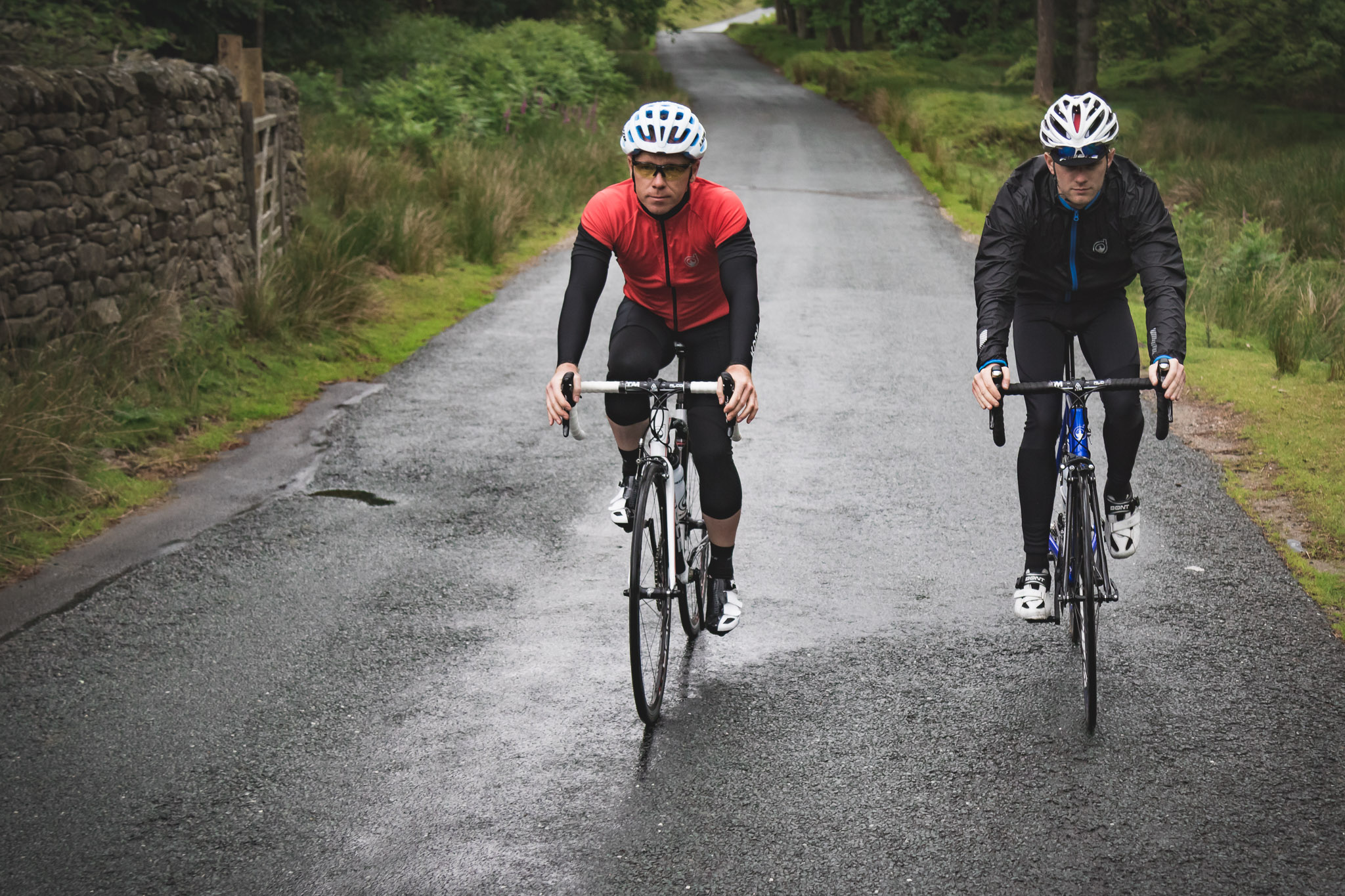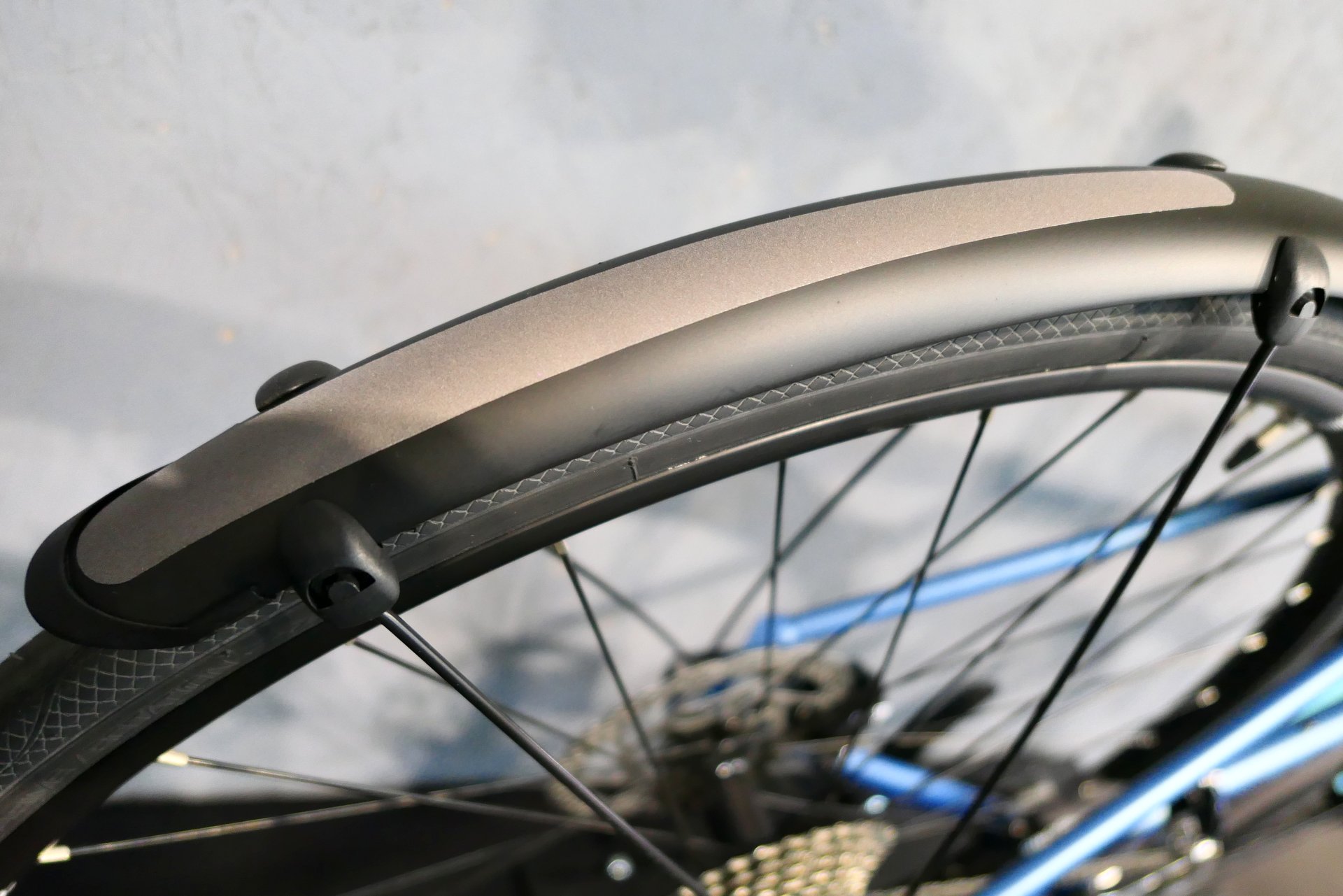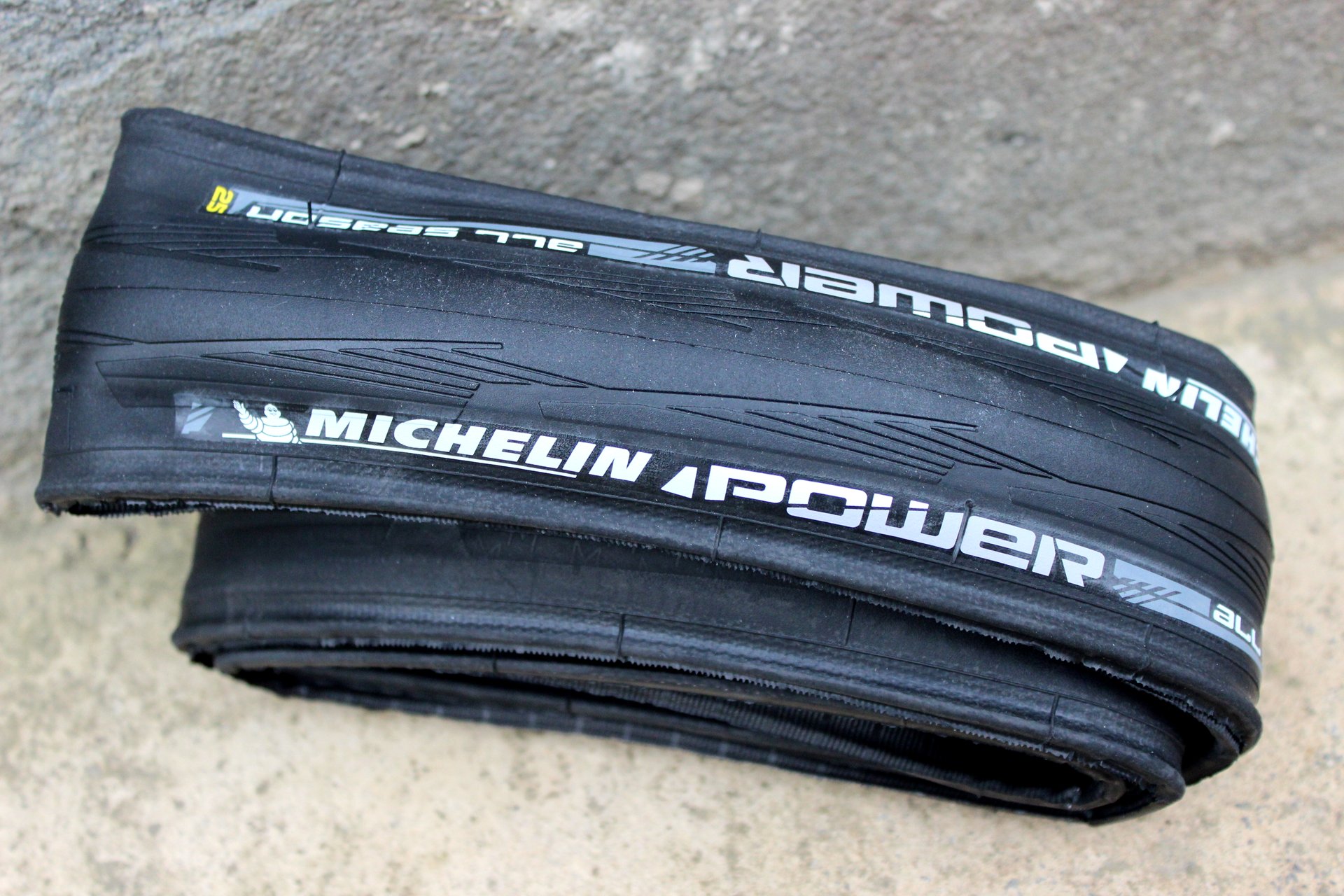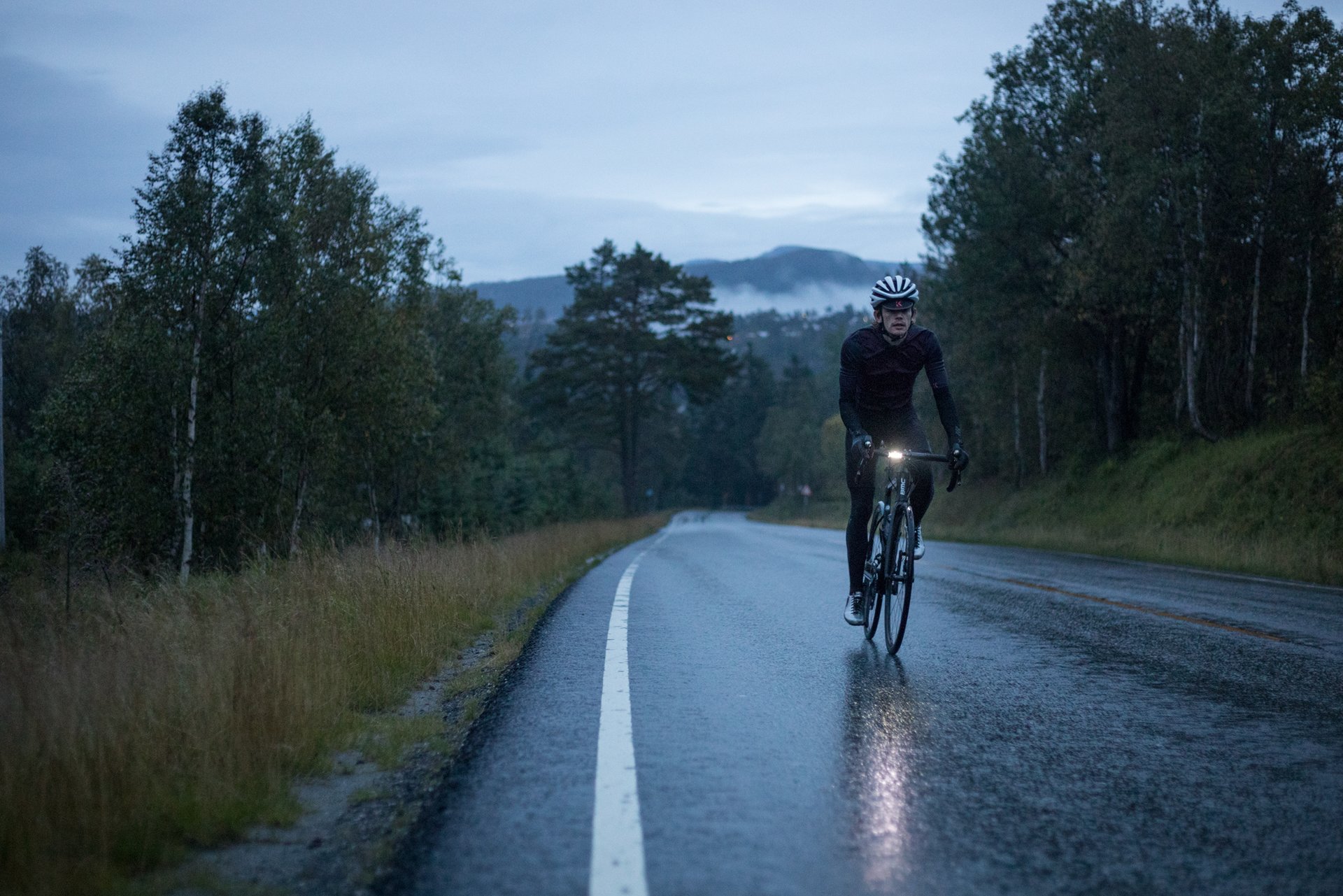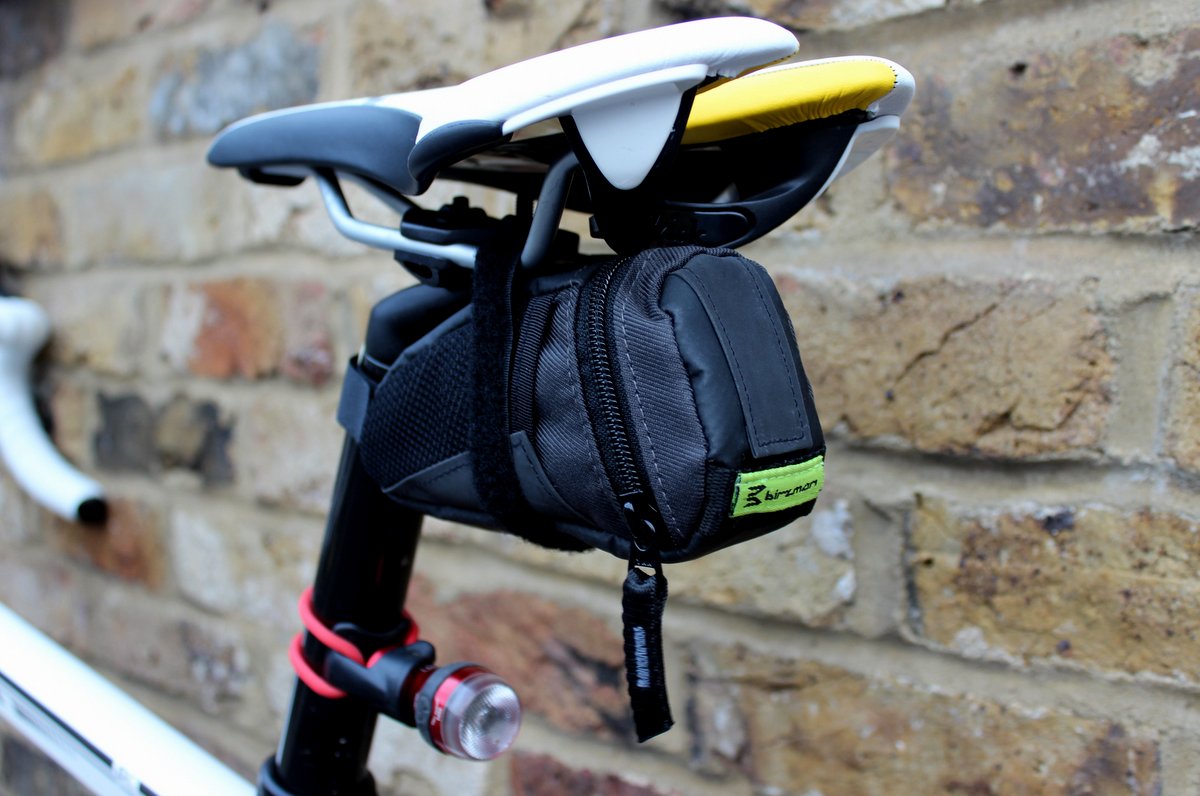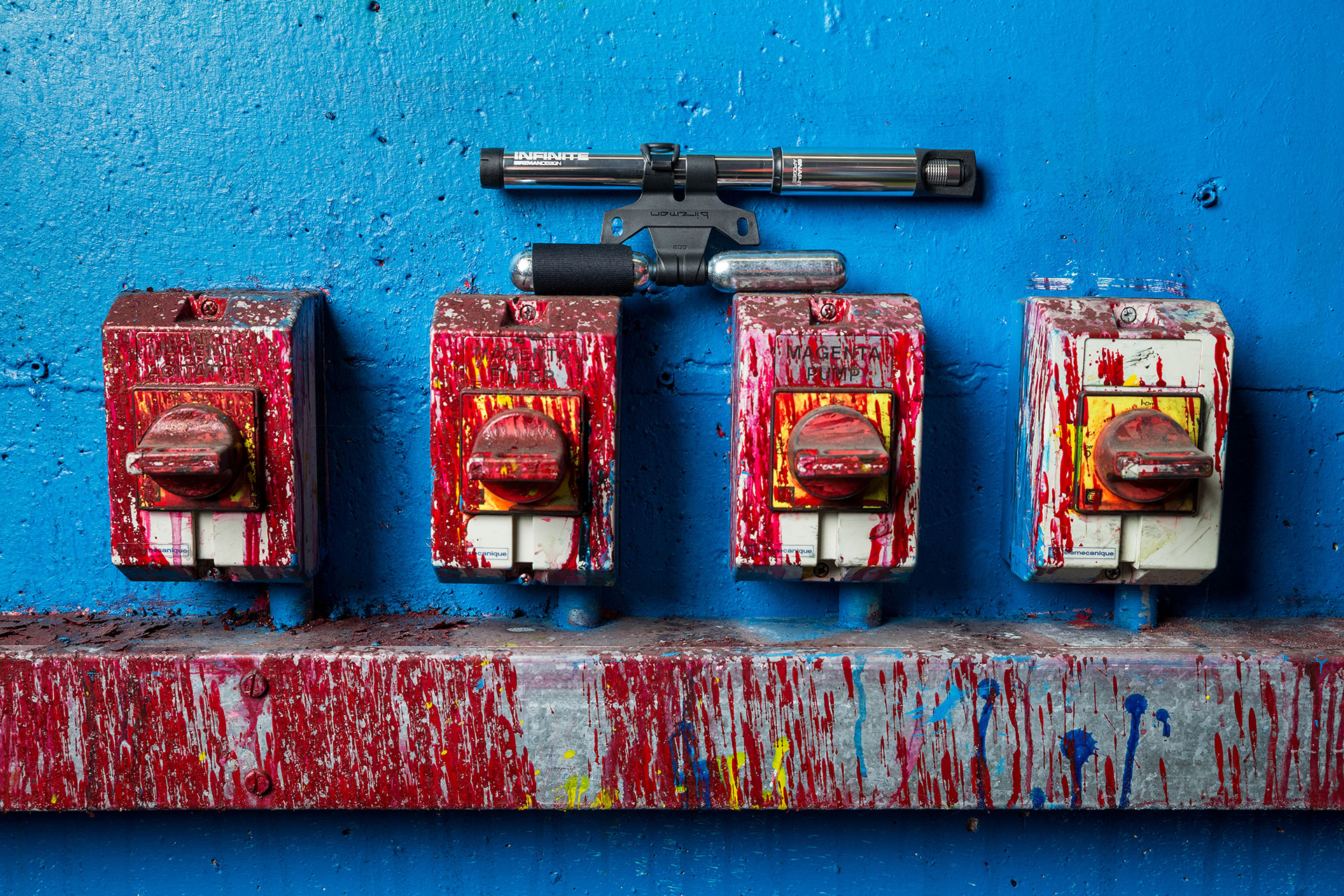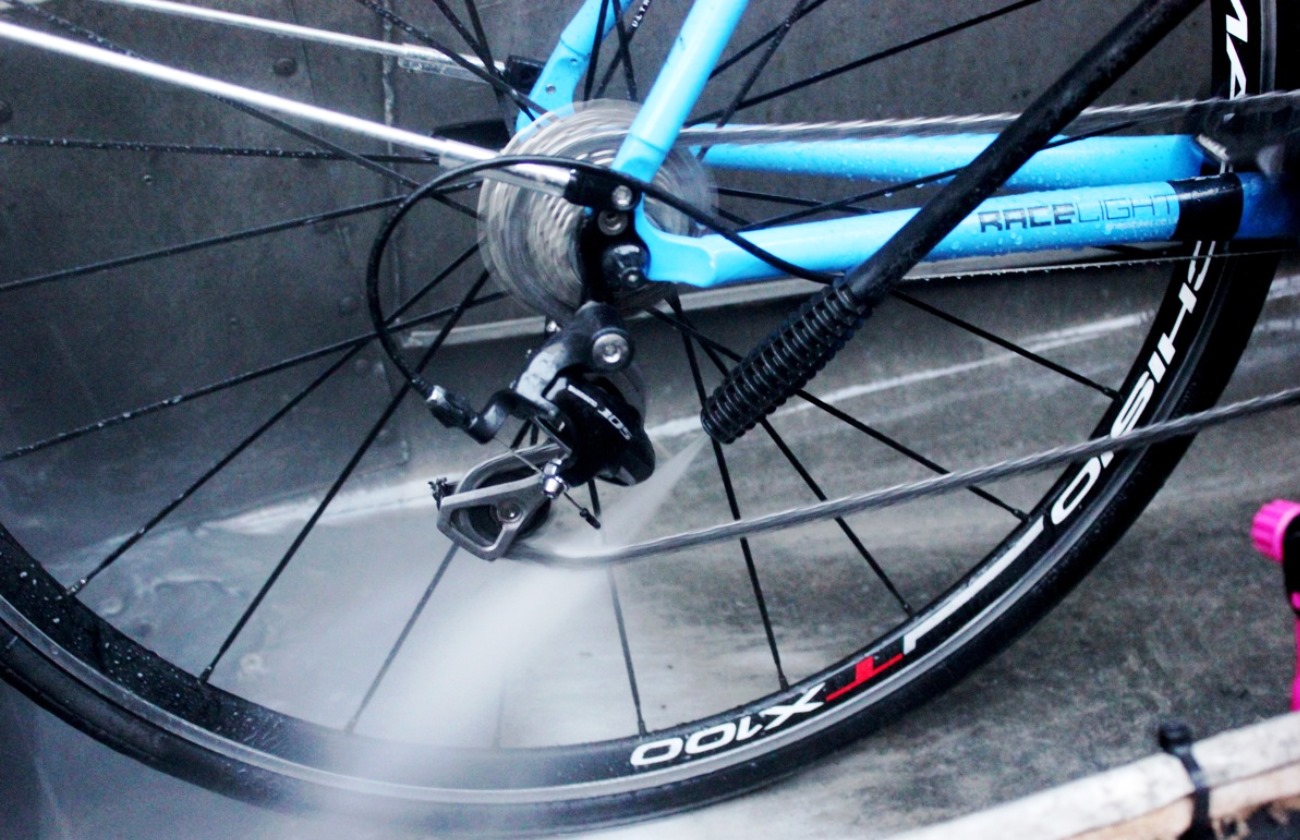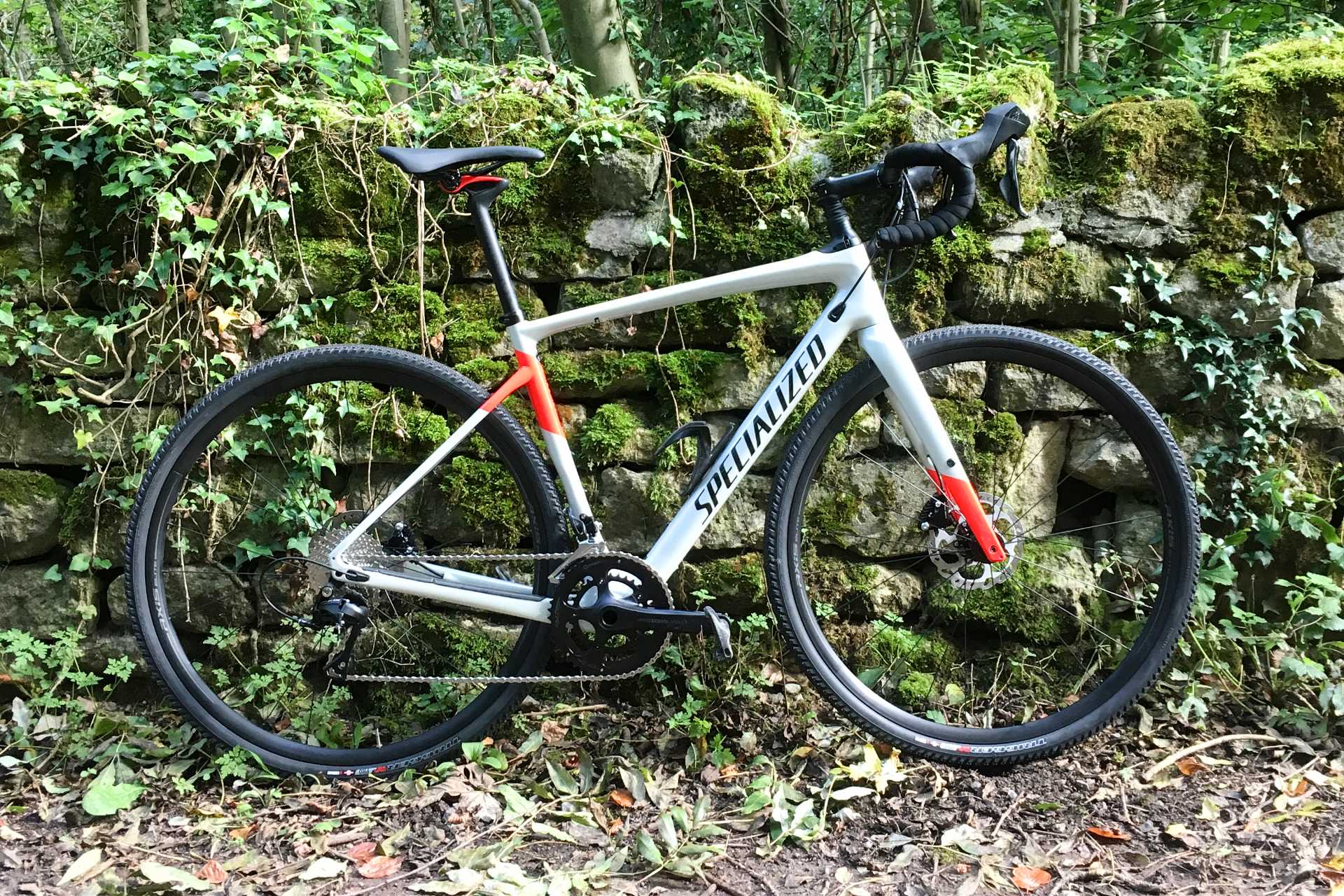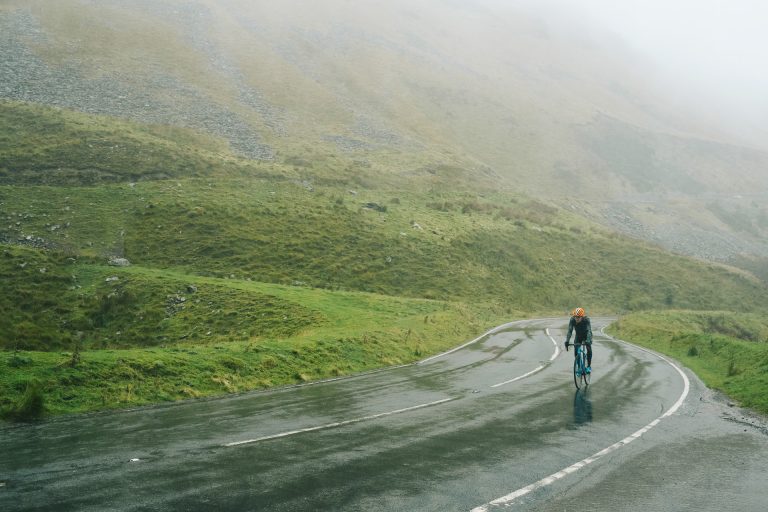Winter is beginning to rear its ugly head and the change in weather – short days, falling temperatures and unpredictable conditions – mean it’s necessary to protect both yourself and your bike from the elements.
For some riders, that means putting their beloved summer bike into hibernation and pulling out something more suitable from the bike shed on which to rack up the miles this winter. You may have a dedicated winter bike, or perhaps have bought a new best bike which means your old number one has been relegated to winter/training duties.

For others, budget or space constraints will mean that’s not an option – but you can take a number of simple steps to ‘winterise’ your regular bike to ensure it’s ready to face winter.
Cold, wet and windy weather, and slick roads littered with debris, can make winter a miserable time in the saddle. But it doesn’t have to be that way – here’s what you can do to ensure you’re well-equipped to ride through winter until spring returns.

